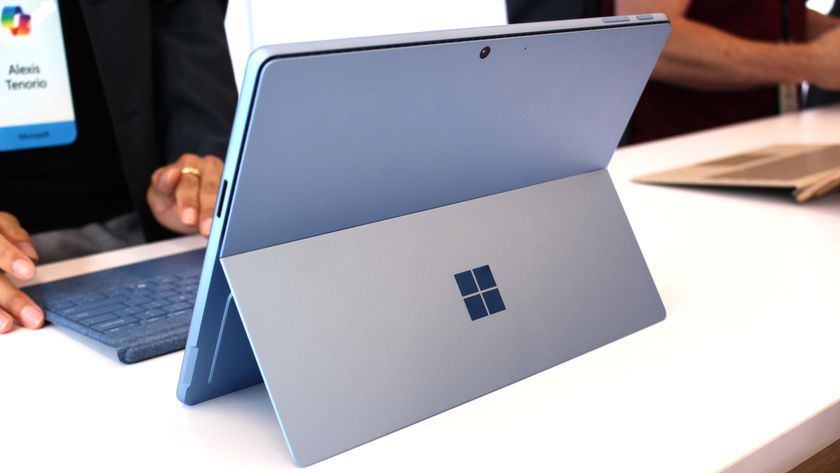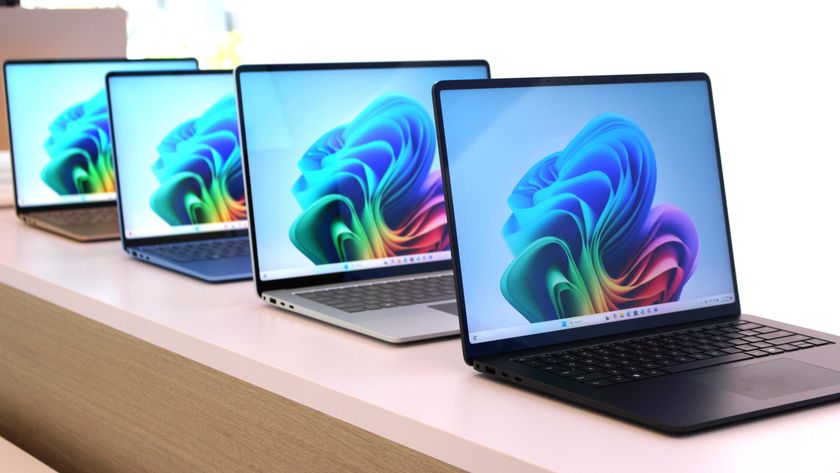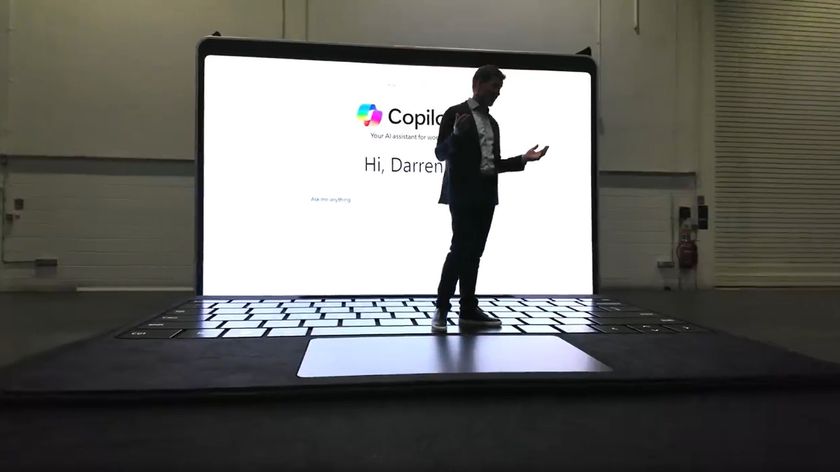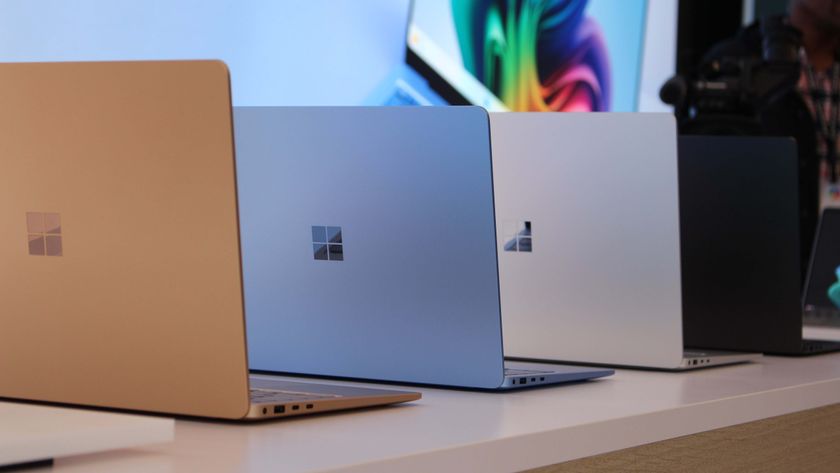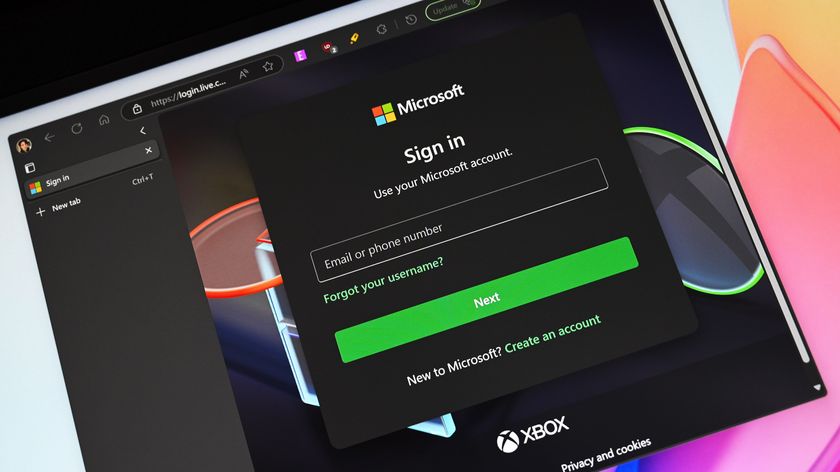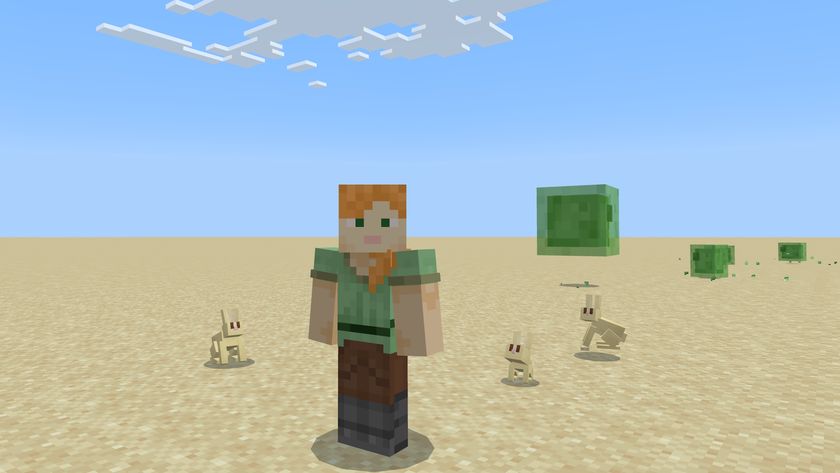Thinking about Surface: Where should it go next?
I've been thinking about Surface, and the future of computing itself, and it got me wondering: Where will Surface go next?
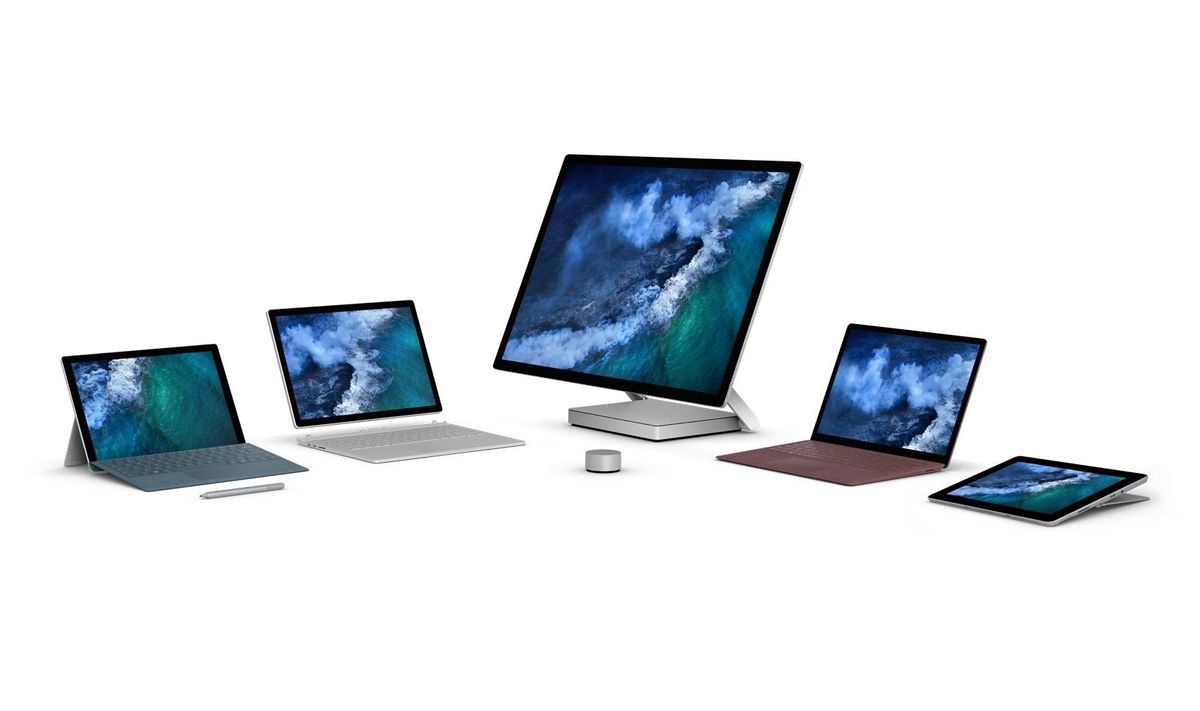
Microsoft's Surface line of devices has come a long way since its initial debut back in 2012 with the Surface RT and Surface Pro. At the time, Surface was bringing to the table a somewhat new form-factor, something that hadn't really been seen before. It was a 2-in-1, a tablet that was designed to replace your laptop. While not an immediate success, Microsoft's continued work and refinement of the form-factor lead us to the Surface Pro 3, where it arguably hit the nail on the head with its design. From there, we've only had iterative updates to the Surface Pro form-factor, because it's pretty much as good as a 2-in-1 can get.
Microsoft nailed the Surface 2-in-1 design with the Surface Pro 3 — and then they started to branch out and experiment.
Since then, we've seen Microsoft expand its Surface portfolio a little bit. In 2015, the company released the Surface Book. This was a different take on the 2-in-1 form factor, coming at the idea from a different angle. Instead of being a tablet first, and a laptop second, the Surface Book was arguably a laptop first, and a tablet second. This allowed Microsoft to be a little more zealous about the kind of specifications it could slip into the device, adding discrete graphics and more powerful processors.
Surface then moved into entirely different territory with the Surface Studio, Microsoft's first all-in-one desktop PC. Although not a new category itself, Microsoft did try to add its own touch of magic to the form-factor, with the Studio being both an all-in-one and digital draft-board allowing creators to ink directly onto the 28-inch display. Then, Microsoft made the Surface Laptop, a beautiful yet uninspiring Surface device that was just a laptop. It added nothing new to the table, unlike Microsoft's previous Surface products.
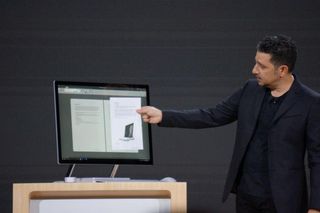
Along the way, Microsoft has also taken Surface to the big screen with the Surface Hub, allowing businesses to take advantage of huge collaborative displays that support ink, presentation streaming, virtual meetings, and plenty of other boring business stuff. Surface Hub is essentially just a big screen, running a custom version of Windows 10 that's adapted for it. Surface Hub 2 is the first time Microsoft is adding a touch of magic to the form-factor, allowing it to change orientation on the fly, and even connect up to other Surface Hub 2's for an even bigger screen experience.
Microsoft's most recent Surface is a smaller take on the Surface Pro form-factor. The Surface Go is the smallest Surface yet, coming in at just 10-inches in size. It's also Microsoft's first real "budget" Surface, starting at just $399 for the tablet itself. Up until the Go, Surface was always an expensive product, which meant many people couldn't afford it or were not willing to lay down so much money for one. While $399 isn't the cheapest a computer can go, it is still less expensive than Surface has typically been in the past.
So that brings us to today. Surface has found itself mingled with many device form-factors, from biggest to smallest:
- Surface Hub
- Surface Studio
- Surface Book
- Surface Laptop
- Surface Pro
- Surface Go
Where does Surface go from here?
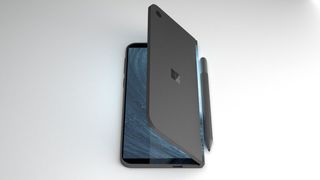
The question now is where does Surface go next? Microsoft has covered all the basics with its current products, so it's time to start thinking about the future, where the industry is going, and how Surface can stay relevant in it. In my opinion, Surface needs to go smaller, because that's where computing is headed, into an all mobile world. And I'm not talking about smartphones, although that's a perfect example of an all mobile world today. I'm talking about true personal computing, and the most personal computing experiences are the ones that we can take with us, without even needing to think about it.
Get the Windows Central Newsletter
All the latest news, reviews, and guides for Windows and Xbox diehards.
The immediate future of mobile computing will be devices that can replace our smartphones, tablets, and even desktops.
Today, smartphones are the closest thing to that, but smartphones aren't forever, just like how "dumb" phones weren't forever. Many have argued that over the last few years, the smartphone market has somewhat plateaued. Not many people are interested in buying new phones anymore, and the people that are, know that their new smartphone is just an iterative update over their previous one. Mobile computing is ready for something new, and Surface needs to be there when it happens.
What that something new is going to be is something for someone above my pay-grade to figure out. I think the immediate future of mobile computing will be devices that can replace our smartphones and tablets, or even desktops. For that to be possible, devices need to be both small, and big, and more powerful. It sounds impossible, but with foldable devices on the horizon, it becomes a little more plausible. A device that can fold gives us a bigger screen in our pockets, for example.
What about wearables?
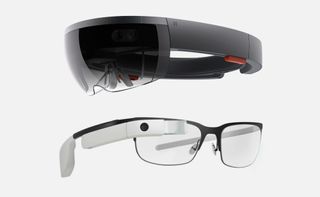
But the future of mobile computing is about much more than devices that can fit in our pockets. Mobile computing will eventually get even smaller; likely into wearable territory. Now, wearables already exist and aren't very popular, but wearables today are also still in their infancy and rely almost entirely on having a smartphone anyway. I'm talking about wearables that operate on their own, that do not rely on smartphones to function.
I can foresee a future where our smartphones are also wearables; devices that can fold and bend around our wrists and act as smartwatches when we're not actively using them. Of course, that is just fantasy at this point, but we want our devices to do more, to be more, and the only to get there is for these devices to be more than one thing. A 2-in-1, but for mobile computing.
Right now, the only real wearables that exist are smartwatches, but that's not going to be the case forever. I think the next trend in wearable technology will be AR glasses, which is already being worked on by Microsoft, Google, and Apple. Now, whether or not AR glasses are successful will depend heavily on whether the glasses are big and bulky. Nobody in their right mind would want to use that. Stepping into sci-if territory, but I'm sure the end-goal here is to have this kind of technology in something like a contact lens.
It's all about going smaller
Regardless of what the future of mobile computing is, it's apparent that it's all about going smaller. Smaller is more personal, and if something is more personal, it needs to be able to do more for us. It's not an easy thing to figure out, but if Microsoft wants to stay relevant with Surface, it needs to be at the forefront of whatever is coming next, and I think the immediate next thing is foldable mobile devices that can also be PCs when we need them to be.
What are your thoughts on the future of computing? Where should Surface go next? Let us know in the comments.

